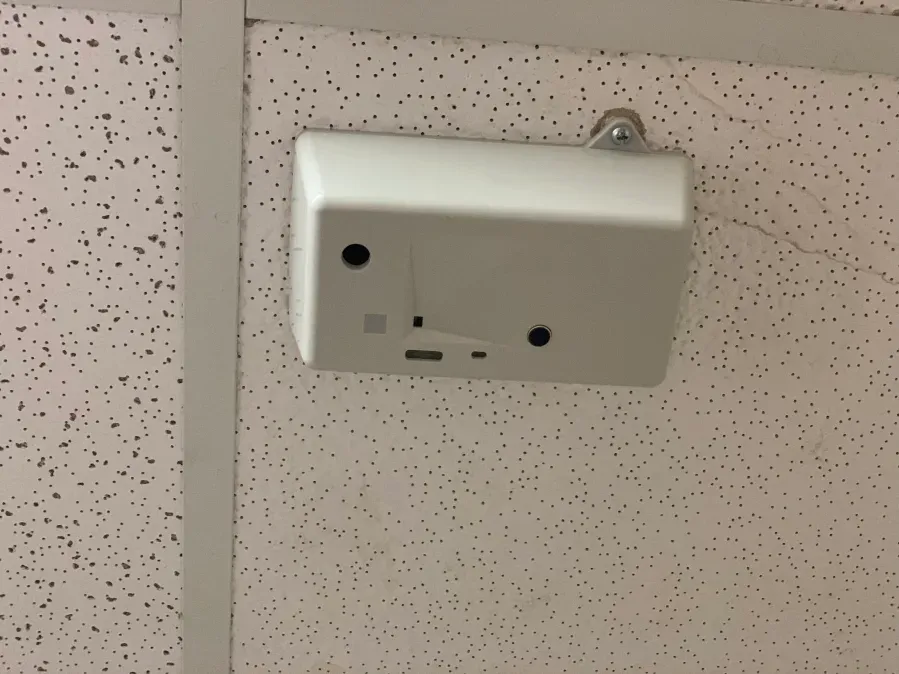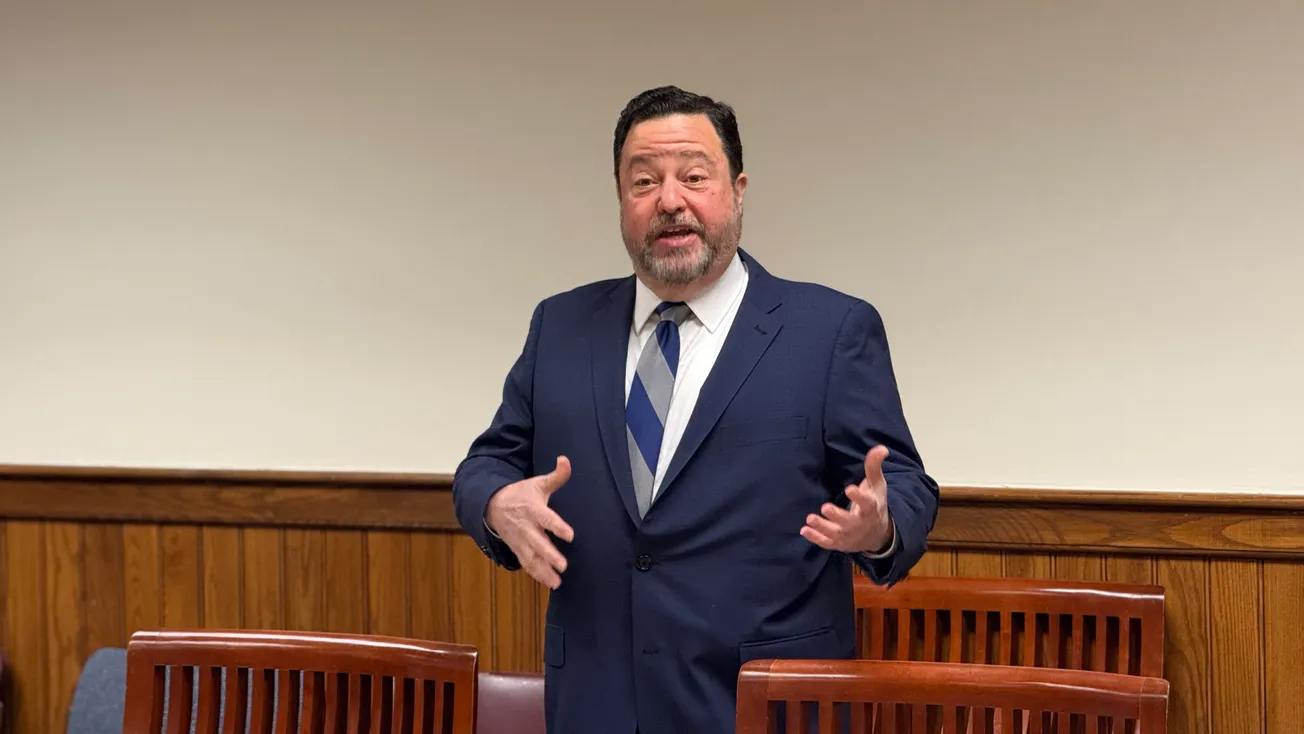Table of Contents
Vaping isn’t allowed in the high school by policy or by law, but that doesn’t mean it’s not happening.
“We had been noticing an uptick in the potential of vaping at Winchester High School,” said WHS Dean of Students Anna Paradis.
Paradis, along with Dot Butler from the Coalition for a Safer Community, are pursuing new technology they are hoping will deter students from vaping in school.
Paradis said they began to notice the uptick when administrators would pass by the bathrooms and “smell pretty smells,” or upon entering a bathroom would find four or five kids in a stall, or see four or five kids meet up in a hallway and enter a bathroom together.
“We were seeing students report to us at times that they felt uncomfortable using the restrooms because there were groups of kids vaping in the restrooms, and that shouldn’t be the experience of any child in a public school,” Paradis said.
She said they also had parents coming to the Coalition reporting their kids were telling them about students vaping.

Last year, Winchester Public Schools Youth Health Survey, taken in 2023, showed 16% of WHS students reporting use of electronic vape products during their lifetime, while only 8% reported current use. Previous surveys from 2017, 2019 and 2021 show a downward trend of usage.
The overall usage by high school students in Massachusetts was reported as 18% in 2021, when the latest data was available.
Paradis told the School Committee during a presentation on Jan. 9 that the main problem with vaping at the school is that vape technology is so good the smell dissipates fairly quickly.
She explained if a student reported kids vaping in a bathroom, the odor was gone by the time a staff member responded and it was difficult to pinpoint which student had actually been vaping.
The new technology, however, will send a silent alert to staff members who have a corresponding app on their phone or computer in real time, when vaping is detected.
“And it timestamps them and gives us the location, which also gives us the ability to go back and time stamp the cameras to see exactly at that moment, who had entered the bathroom and who was out,” Paradis said. “So it gives us a real data point that we can use to sort of get to the bottom of what’s happening.”
The detectors also have an added benefit, Paradis said, a loud noise alarm. If there is a fight or a disagreement or if a student calls out because they feel unsafe or are injured, the detectors will send out an alert.
Paradis called it another way to provide a safer environment for students since currently if a student calls out from the bathroom, it’s likely no one would hear.
Questions arise
School Committee member Tom Hopcroft asked if there was any concern that, by taking the bathrooms out of the vaping picture, so to speak, would students simply find somewhere else to vape?
“Teenagers are sort of like water, they’re going to find their path,” Paradis said.
But she said they have very few spaces in the school that aren’t covered by cameras and students would have to be out of class an exceptional amount of time to reach an alternative space, which is something teachers and administrators will also be flagging.
Committee member Chris Nixon said he wasn’t against the plan in principle, but wasn’t quite ready to sign onto the technology yet.

Nixon said he believes that before they put any new technology in any of their buildings, they should have independent lab testing to prove it’s effective, something he couldn’t find.
“The deterrent piece, I think, is very real, and I appreciate it, but I think I’d like to just understand a little more about the independent testing of these,” he said. “How do we know these really work, and to get maybe a little more detail on the spaces that we would propose to put these in.”
Paradis said she worked closely with neighboring districts and like-sized schools to determine which detectors they were using and which were deemed successful. She said districts like Melrose and Burlington and similar schools use them in multi-stall bathrooms not unlike WHS’s and they worked well.
She added they also reported seeing a steady decline in the number of alerts they were getting and not because anyone was tampering with the devices but because there was generally less vaping in the bathrooms.
“So while I know that’s not a scientific research study, every assistant principal that we spoke to that has vape detectors in their bathrooms, students report that there is less vaping occurring in their bathrooms,” Paradis said. “It wasn’t a double-blind test, but the boots on the ground are saying it’s working, and I tend to believe my colleagues and their first-hand experience.”
Paradis also said that vape detectors won’t necessarily keep students from vaping, “but it removes 14 spaces from our building where students can vape undetected.”
While most board members said they would support moving forward with the detectors, Superintendent Dr. Frank Hackett suggested they bring the company in first.
“They can come in, they can do an assessment, just tell us what they think we need,” he said, adding once they have that information, they can move forward.
In the meantime, the board did note they were in consensus in regards to Paradis, Butler and WHS Principal Dennis Mahoney working with the Select Board to solidify funding for the project.
And by the way
Administrators and committee members were not the only ones in favor of the vape detectors. Michaela Jens, the WHS student representative on the committee, is also a fan.
“I think it’s a really good idea to deter as much as possible, because it’s really harming kid’s health and education,” she said. “My friends and I definitely noticed it when we use the bathrooms, and it is a problem, and I think this is a great step towards helping students make the right choices.”
Paradis also said she wanted to be clear that installing vape detectors was not about punishing students.
“We are always just trying to guide them in the correct directions and create safe spaces for them to grow and learn,” she said. “This is more about creating safe community and really training them and teaching them the dangers of these devices.”









